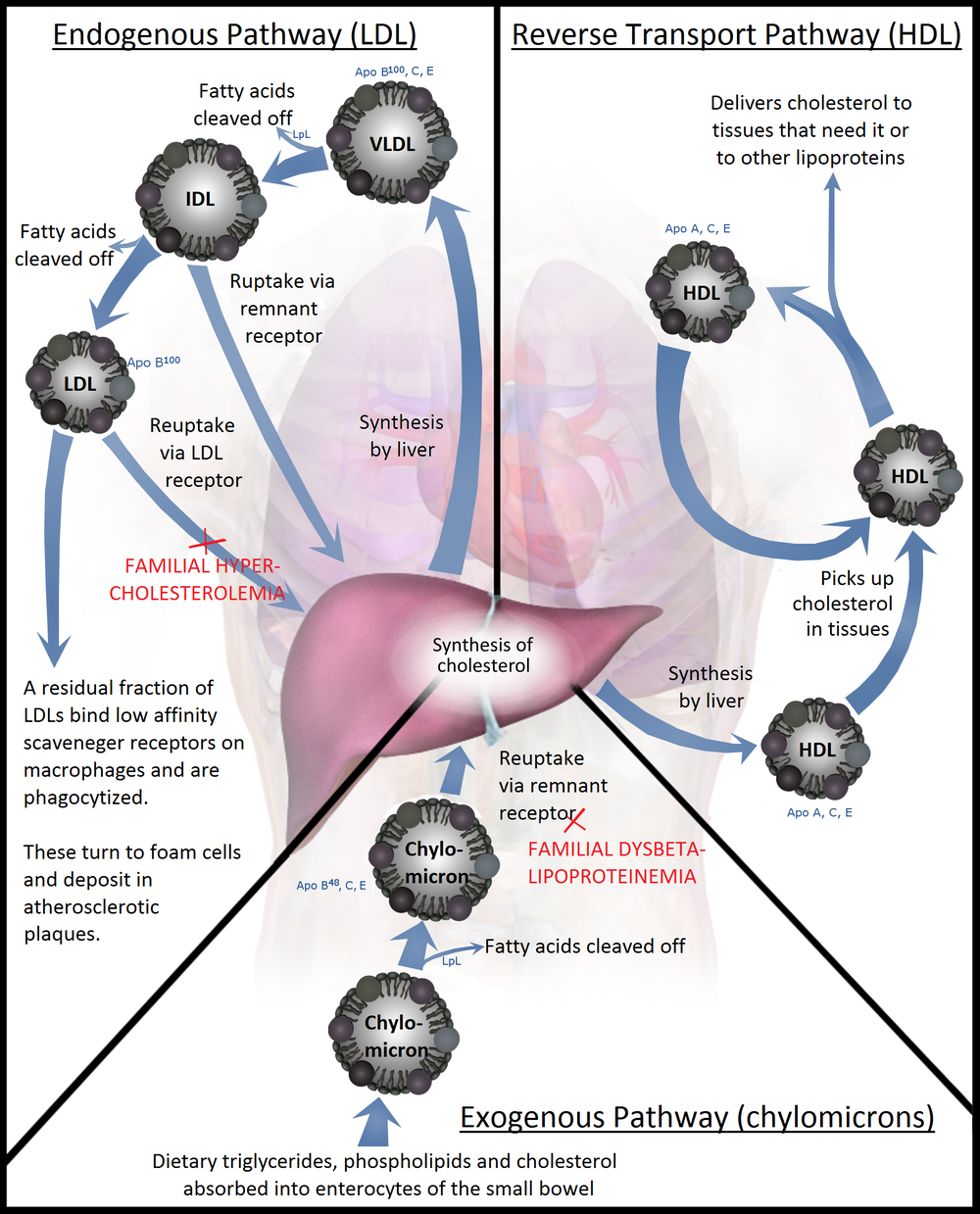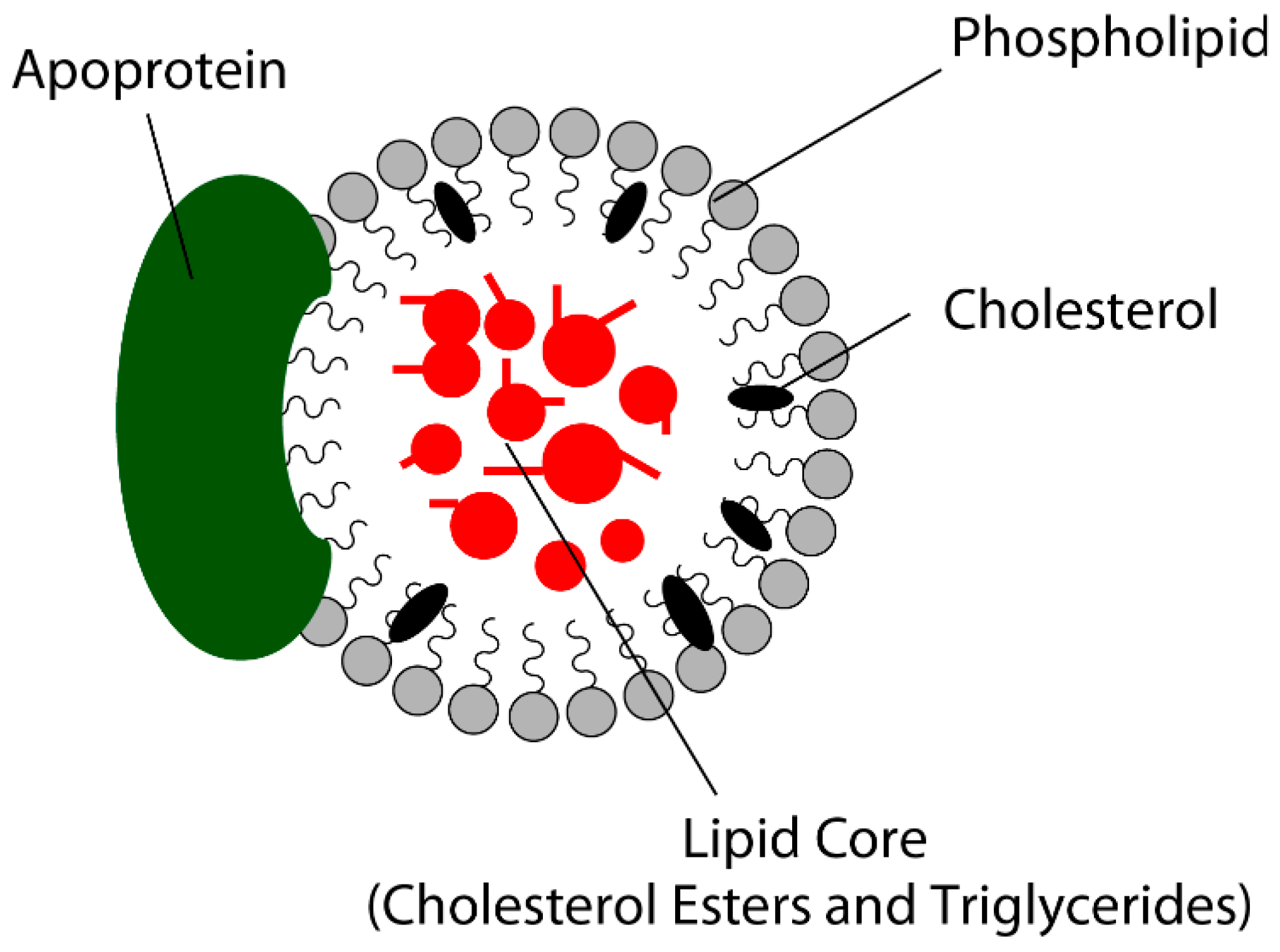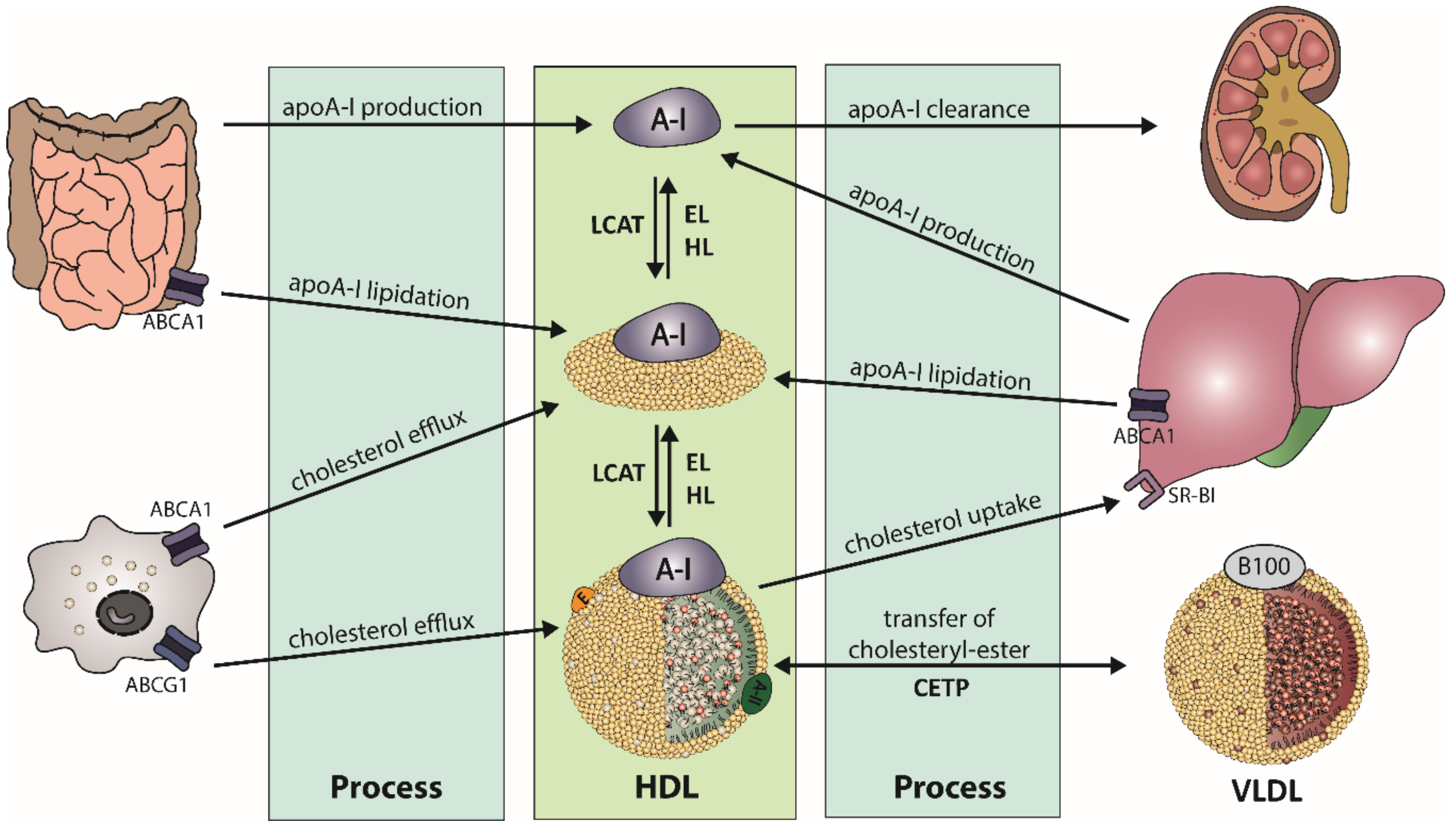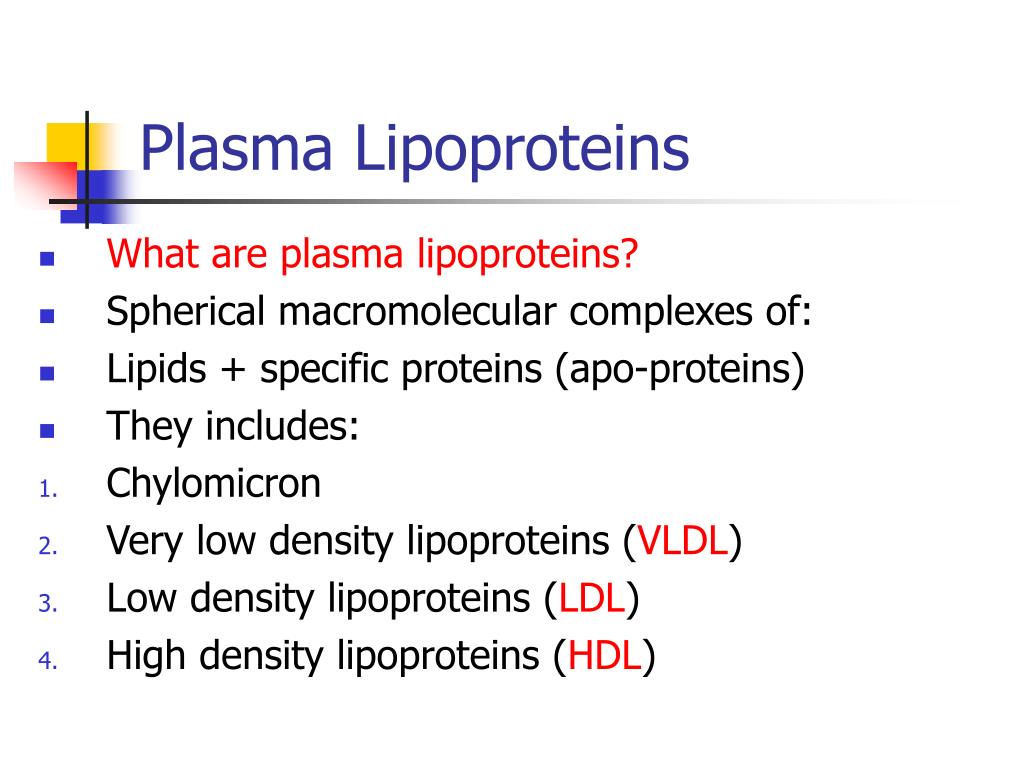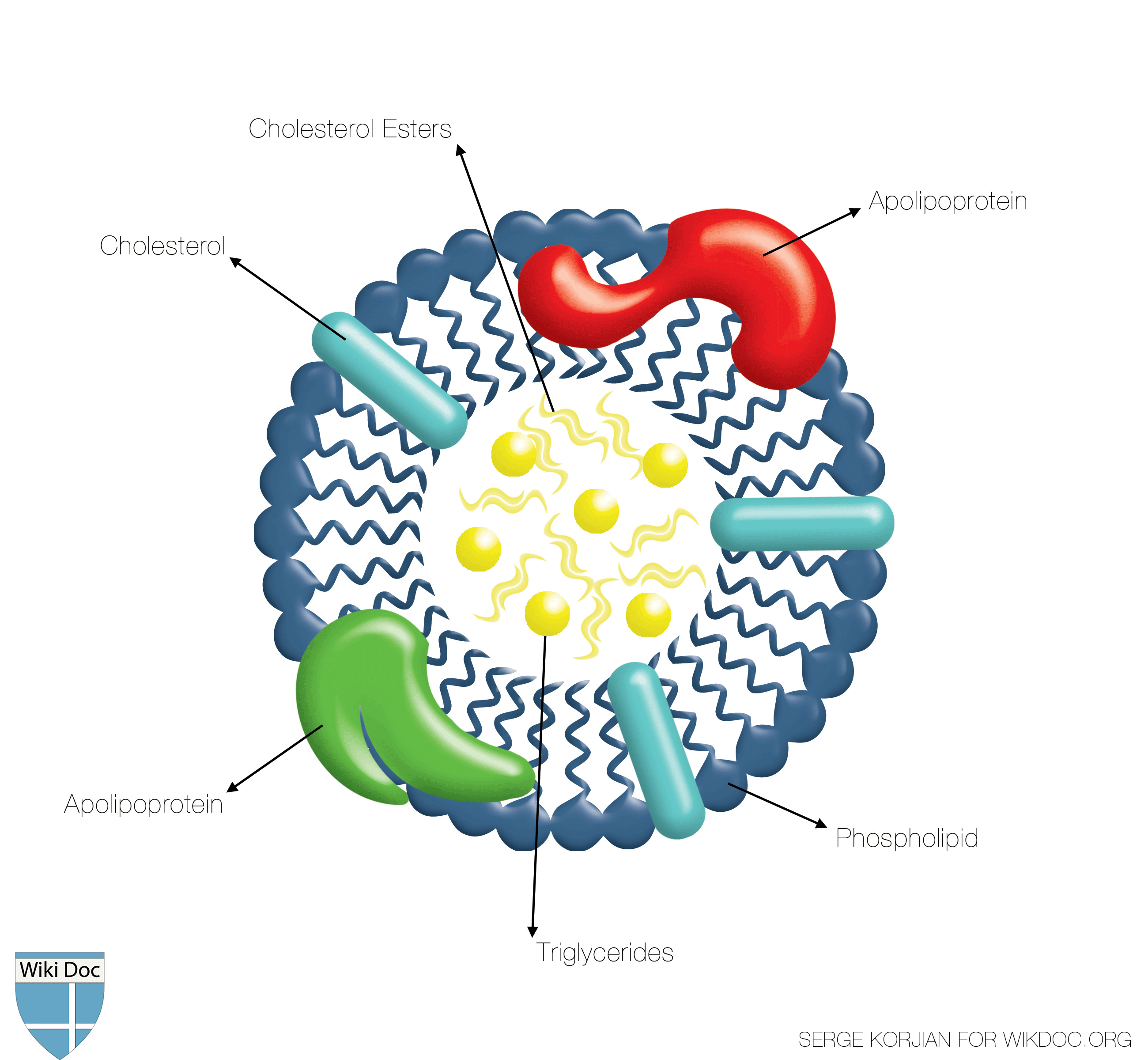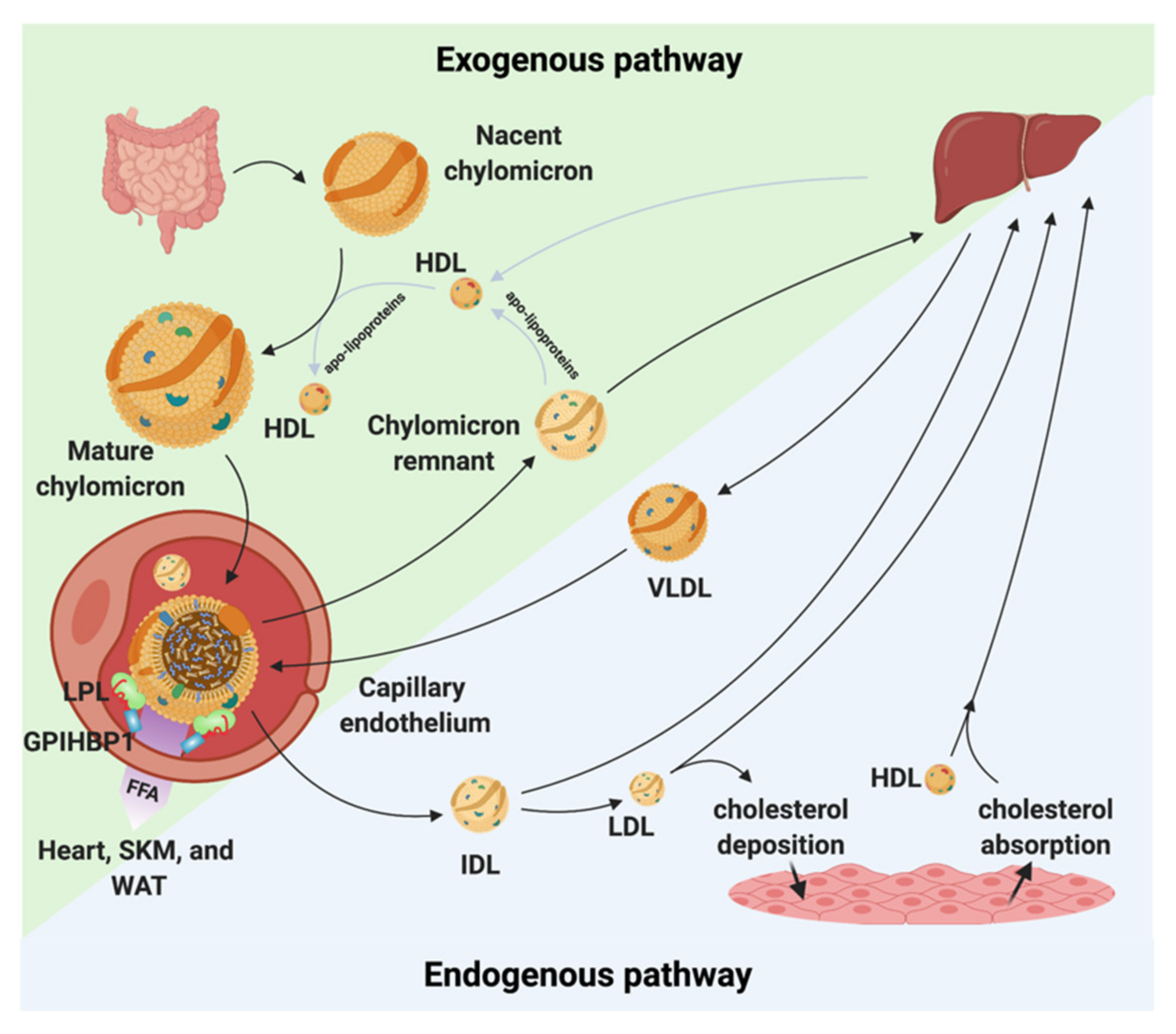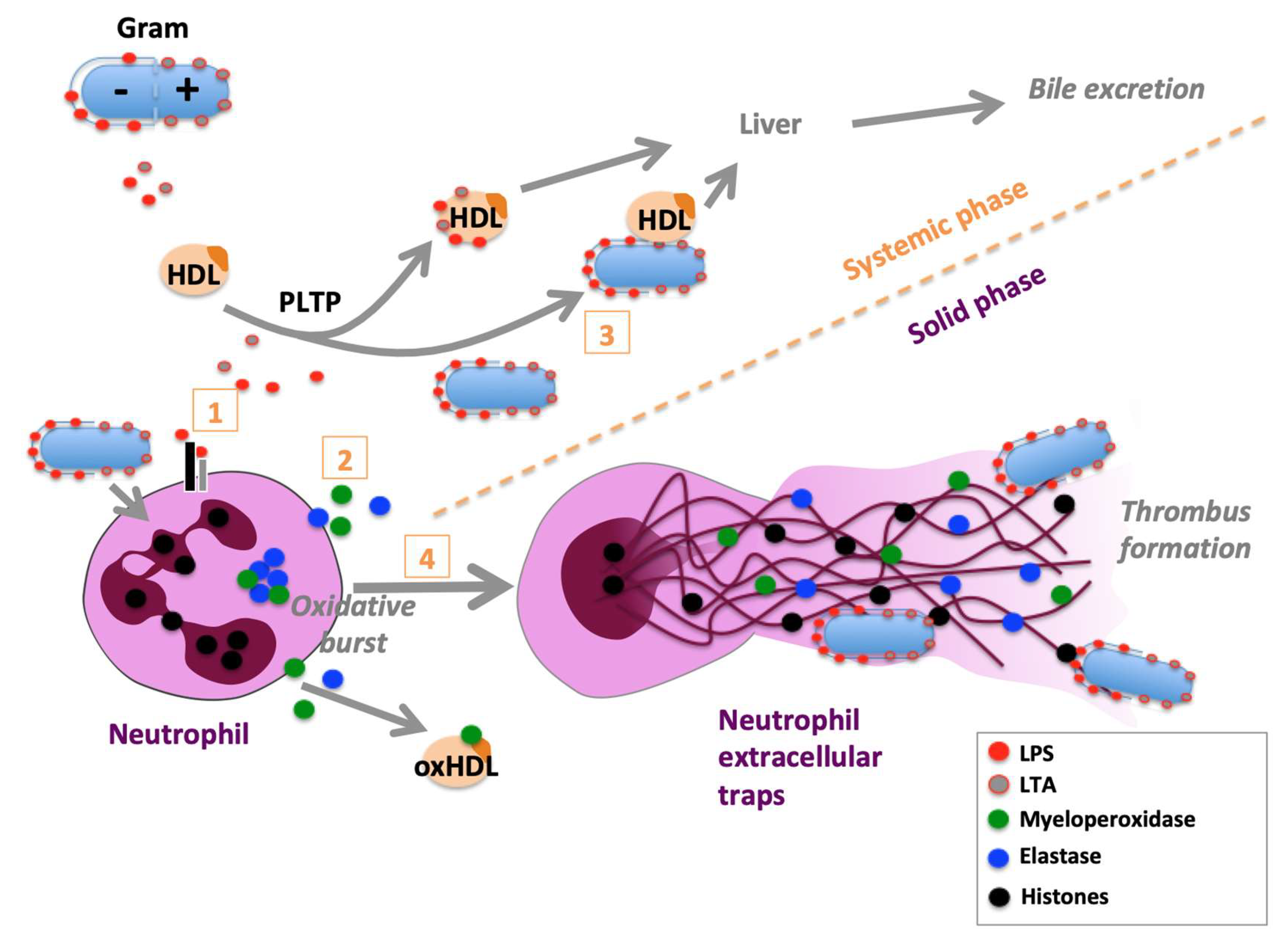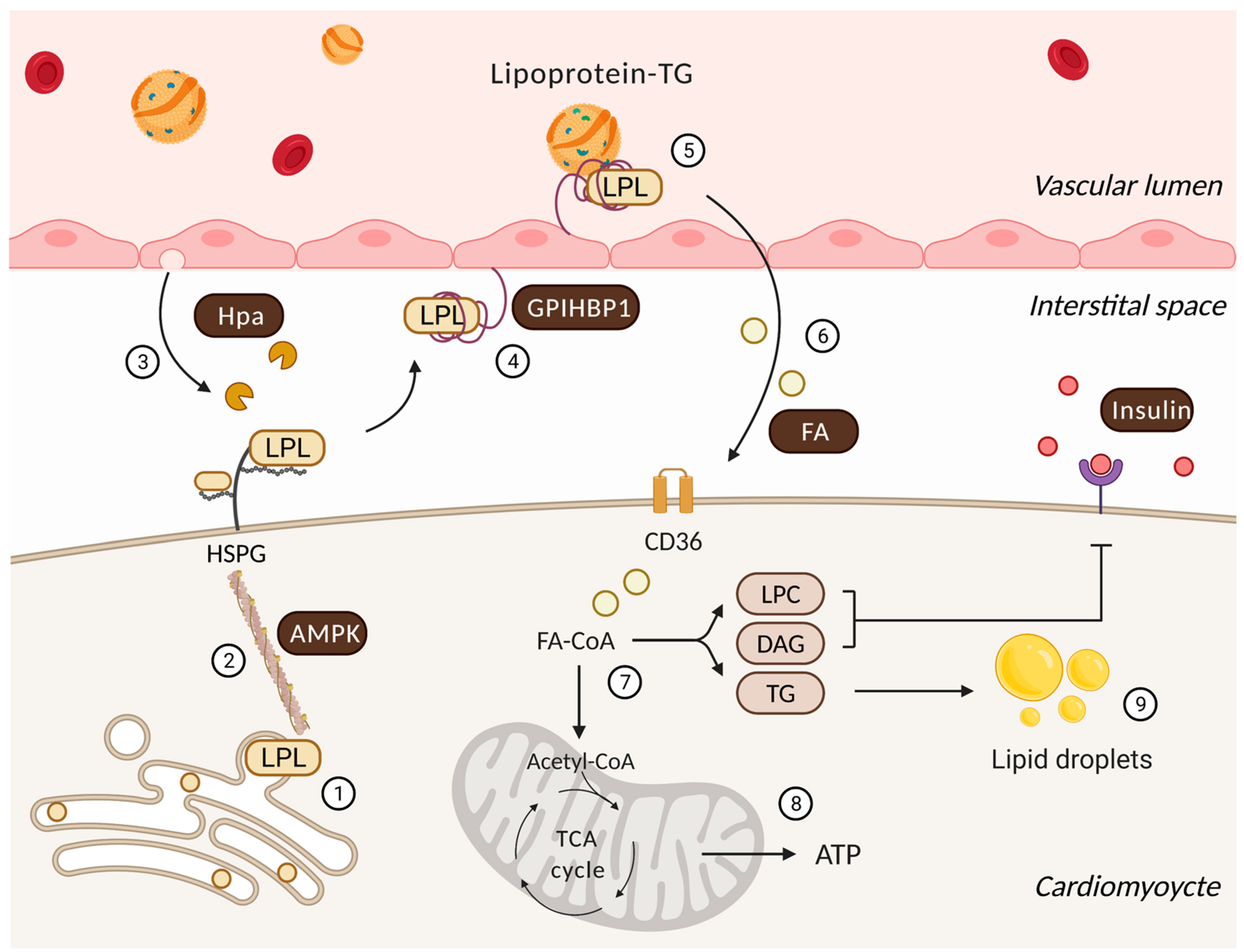Cell Membrane Is Made Up Of Lipoprotein

Key issues of initial lipoprotein LP interactions at cellular membranes need to be addressed including LP deposition and lipid exchange.
Cell membrane is made up of lipoprotein. Membranes can have embeded enzymatical systems such as photosystems respiratory chains or some key metabolic paths. So the correct answer is Phospholipid. Phospholipid is similar in structure to a triglyceride but only has two fatty acids and a phosphate compound attached.
As the bodys cells extract fatty acids from VLDLs the particles turn into intermediate density lipoproteins and with further extraction into LDL particles. Cholesterol triglycerides and high-density lipoproteins are important constituents of the lipid fraction of the human body. In humans the LDL receptor protein is encoded by the LDLR gene on chromosome 19.
This chapter provides an overview of eukaryotic phospholipid biosynthesis. The cell membrane is described to be a fluid mosaic. Phospholipids also function as precursors of second messengers such as diacylglycerol DG and inositol-145-P 3.
It is a cell-surface receptor that recognizes the apoprotein B100 which is embedded in the outer phospholipid layer of LDL particles. Other functions can be found but those are the most important. The cell membrane is the outermost covering of a cell and is made up of lipids and proteins.
Cell Membrane Structure. Lipoprotein any member of a group of substances containing both lipid fat and protein. Cell membrane is made up of lipoprotein.
The receptor also recognizes the apoE protein found in chylomicron remnants and VLDL remnants. The cell membrane is an extremely pliable structure composed primarily of back-to-back phospholipids a bilayerCholesterol is also present which contributes to the fluidity of the membrane and there are various proteins embedded within the membrane that have a variety of functions. It is the outermost covering the animal cells.


